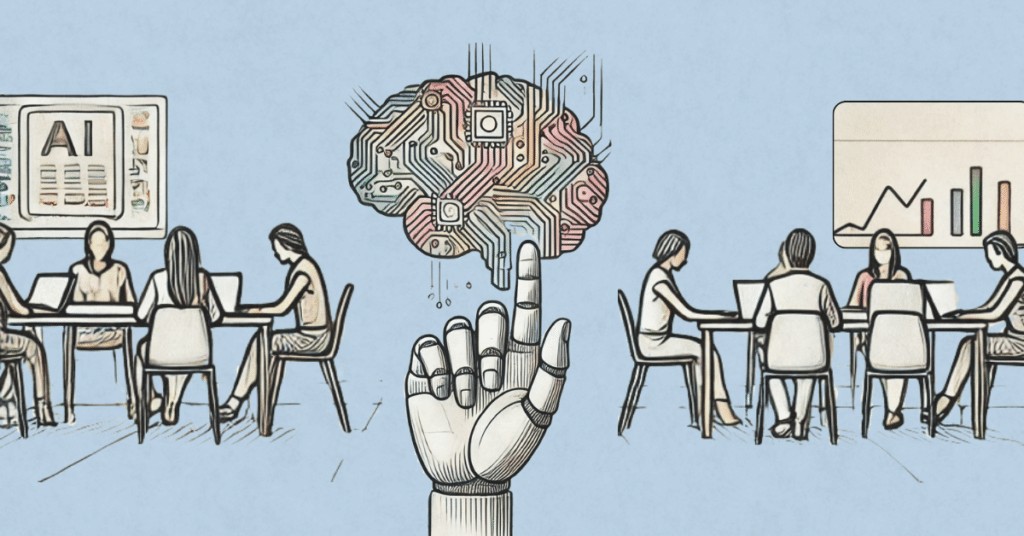The Agile Manifesto introduces a radical concept: valuing “Working Product Over Comprehensive Documentation.” This principle shifts focus from detailed documentation to creating a product that meets customer needs quickly and directly. The goal is to deliver a product that satisfies customers in a timely manner.
The main idea of this Agile principle is not to under-value documentation. Instead, it emphasizes the importance of delivering a functional and valuable product. This approach challenges traditional project management norms. It emphasizes that while documentation is important, the ultimate focus should always be on delivering a working solution.
Agile methods like Scrum, Kanban, and Scrum@Scale have many advantages. These frameworks emphasize iterative development, customer feedback, and team collaboration, underscoring the importance of delivering incremental value rapidly and efficiently. Teams improve their products by regularly reviewing and reflecting on their work to meet user needs and market demands.
Iterative Development
Iterative development is critical for successful product development, embodying the principles of Agility and flexibility. This method breaks the development process into smaller, manageable iterations, allowing for incremental delivery of features. Such a structure offers numerous benefits:
- Adaptability and Continuous Improvement. Embracing changes and adapting to feedback during each iteration makes the development process more flexible. This approach is better than solely focusing on meeting the requirements. This ensures that the project can evolve to meet user needs and market demands.
- Risk Mitigation and Resource Efficiency. Early identification of potential issues helps mitigate risks, while focusing on high-priority features optimizes resource use. This approach ensures that we concentrate efforts where they’re most needed, enhancing overall productivity.
- Enhanced Customer Satisfaction and Team Dynamics. Keeping customers involved throughout the development process leads to a product that truly meets their expectations. Simultaneously, the team experiences a sense of achievement and collaboration, contributing to higher morale and a more cohesive work environment.
By using iterative development, we can be more flexible in our planning and execution. This helps make the software development process more efficient and ensures that the final product meets customer expectations.” It is a testament to the Agile commitment to adaptability, customer satisfaction, and continuous enhancement.
Customer Feedback

Feedback is the single, most important component in iterative development. You’ll often hear Chris say that “Scrum [Agile] lives and dies on the quality of the feedback you receive.”
We constantly gather feedback to improve our development cycle. This helps us understand what users want, like, and find difficult. Here’s how customer feedback significantly influences the software development process:
- Guides Product Evolution. Feedback from users helps improve product development by addressing their needs. Each version is enhanced to solve problems and add value in the market.
- Enhances User Satisfaction. Developers can create a product that exceeds user expectations by listening to their feedback and making necessary changes. This can lead to increased user satisfaction and retention. This can make users happier and more likely to keep using the product.”
- Facilitates Agile Adaptation. Feedback allows teams to adjust plans and priorities swiftly. It lowers the risk of creating crappy products that never make it off the ground.
- Identifies Unforeseen Issues and Opportunities. Talking to users often can help discover hidden bugs and find new ideas for improving the product.
- Strengthens Customer Relationships: Engaging users in the development process enhances the customer experience, fostering a sense of ownership and investment in the product’s success
During the development of a product, it is important to listen to what customers are saying. This helps ensure that the product meets their needs. It also helps ensure that the product fits well in the market. It embodies a user-centric approach to development, underscoring the Agile principle of customer collaboration over contract negotiation.








